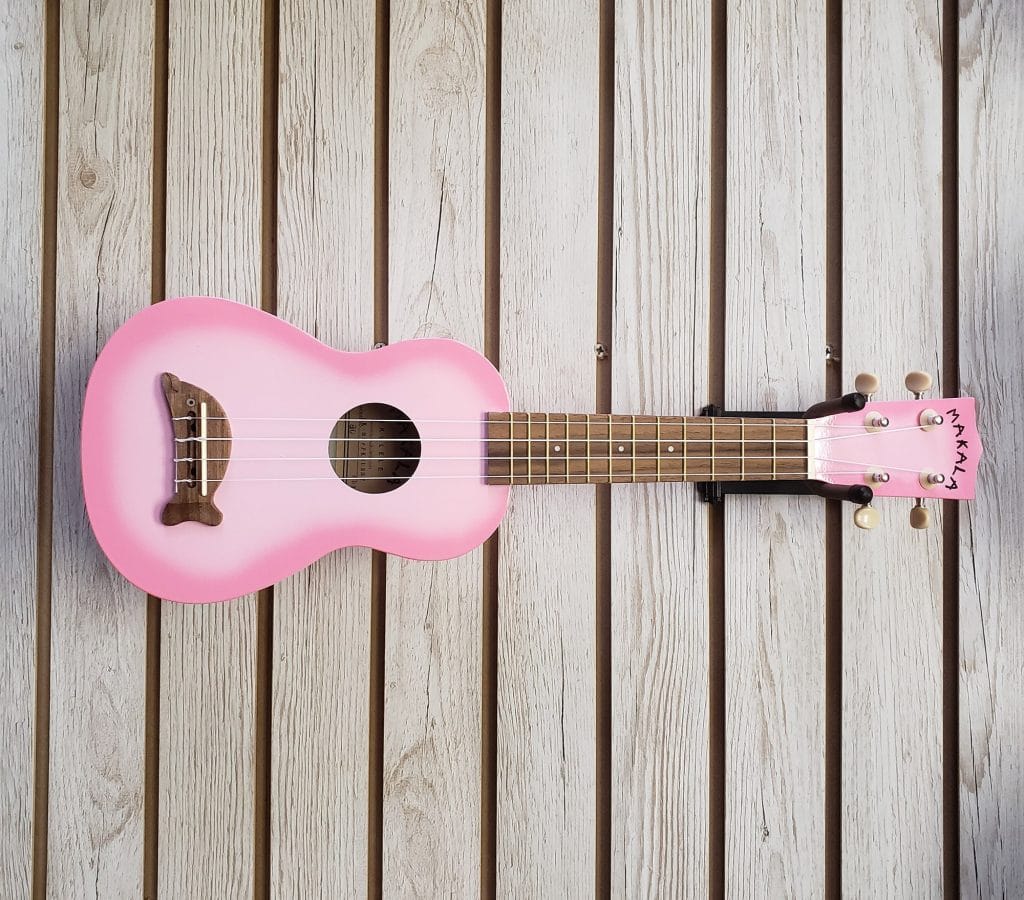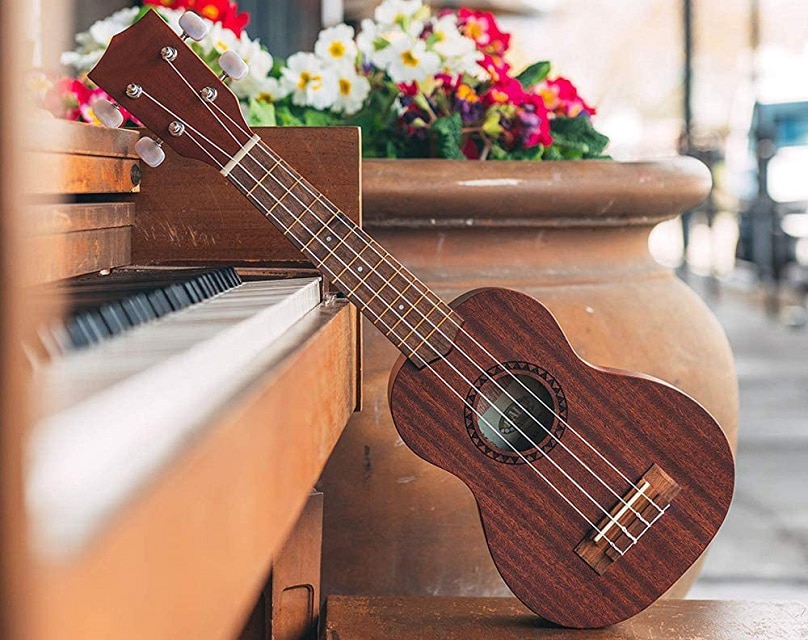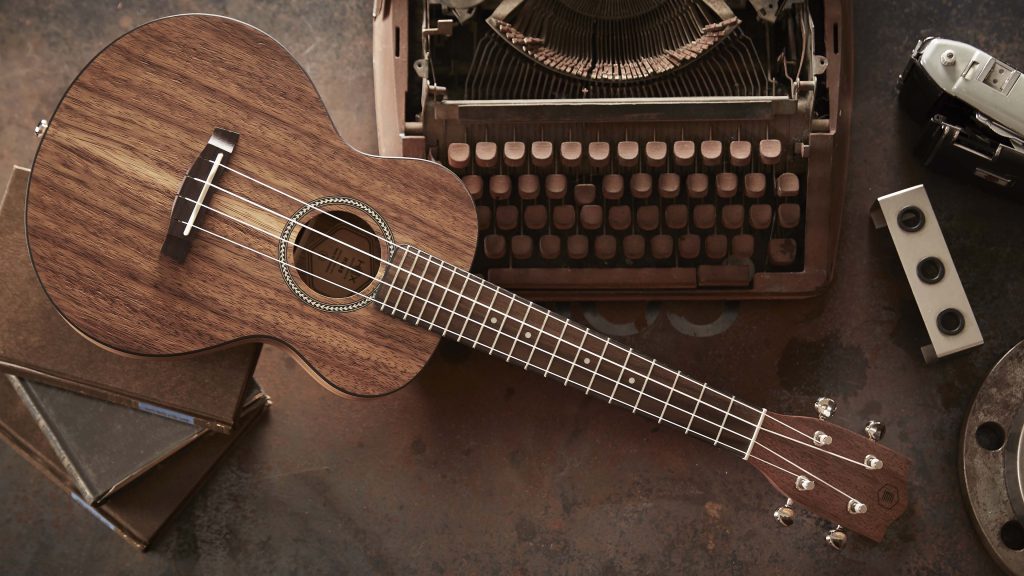What is special about concert ukuleles
There are four types of ukuleles. In order of size, they include the soprano, the concert, the tenor and the baritone. Smaller ukuleles produce lighter sounds while larger types have a deeper sound. You may think that the larger the instrument, the easier it is to play, but the opposite is actually the case. A concert ukulele is uniquely sized so as to fit into the palms of a person’s hand, well at lease the neck of the instrument is. If you want to be able to hold a ukulele in your lap and feel comfortable right away with it, then the concert ukulele is your best bet.
Features to consider before buying a concert ukulele
Before you purchase a concert ukulele, there is a lot to understand about the instrument. We’ve created this comprehensive list of features explained so you have all the necessary information.
Body material
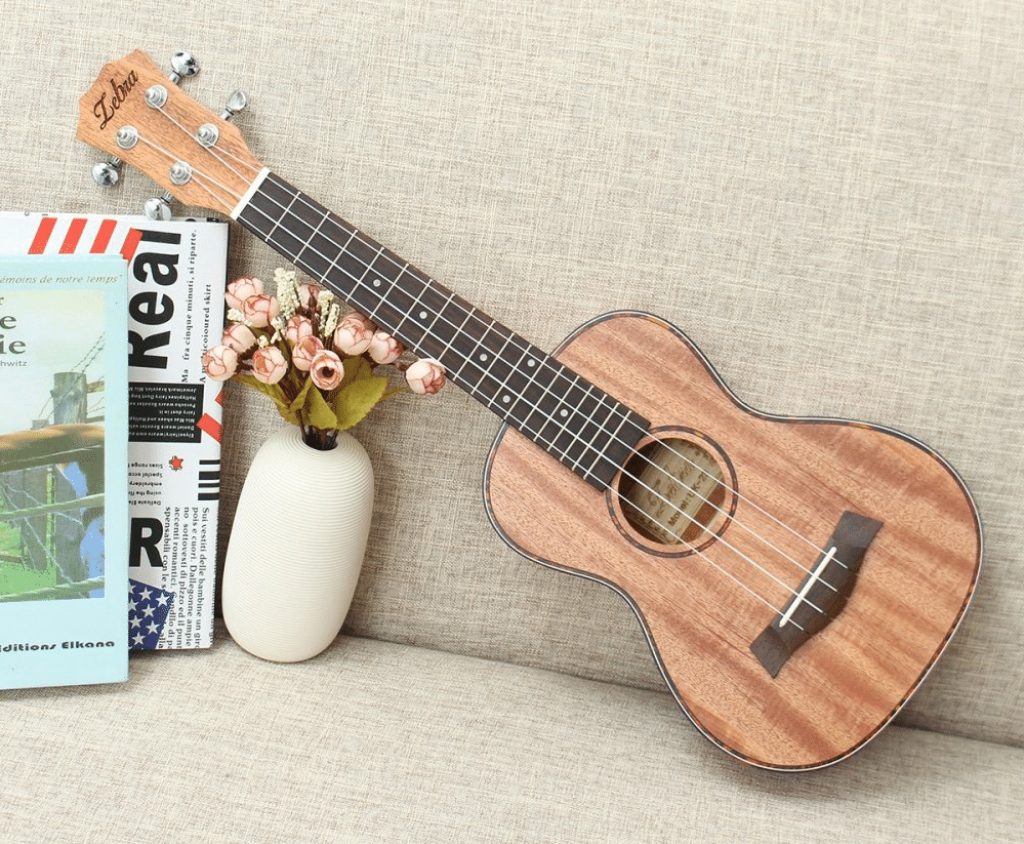 Most concert ukuleles are made from wood, and the type of wood used can greatly affect the sound price of the instrument. Softer woods produce warmer, more mellow tones. Mahogany is a soft wood and can often sound even better with age. As such, it is very commonly used in the creation of concert ukuleles.
Most concert ukuleles are made from wood, and the type of wood used can greatly affect the sound price of the instrument. Softer woods produce warmer, more mellow tones. Mahogany is a soft wood and can often sound even better with age. As such, it is very commonly used in the creation of concert ukuleles.
If you want a truly unique sounding concert ukulele, then you will want an instrument made from Koa wood, like the
Martin C1K. Grown only in Hawaii, this type of wood is the ukulele personified. It produces a beautiful sound, but what is truly special is how it looks. The unique colors from the wood grain mean that no two ukuleles will look alike. You will have a truly special concert ukulele if it is made from Koa wood.
While most ukuleles are made from wood, there are some made from plastic. Plastic is a good option if you are new to the instrument world, or if you have a child that just wants to try one out. The sound produced may sound a bit hollower, and if you want to continue playing the ukulele, then you’ll want to transition into a more traditional wood design.
Fretboard material
The fretboard of a ukulele is the long part that is covered by strings. It is also sometimes referred to as the neck or fingerboard. Most often, the fretboard is made from the same material as the body of the concert ukulele. This is both for sound and aesthetic reasons. However, if the body is made from a very soft wood, the fretboard may be produced with a harder, sturdier type. Common woods used to make a fretboard include mahogany, Koa, maple, walnut, rosewood, and elm.
What’s unique about the fretboard is that it is carved from one piece of wood. Any chips or strains can quickly damage the integrity of the concert ukulele. As such, one piece of wood needs to be used in order to keep it as sturdy as possible.
Nut and saddle material
No, we’re not talking about food or horses. The nut of a ukulele can be found at the very top of the fretboard. It is the place where the strings rest before they run and are attached to the tuners. The nut has grooves for the strings to rest and is one of the few places where the strings touch any part of the ukulele. The saddle can be found towards the bottom of the ukulele and is vibrated by the strings.
The nut and the saddle act as bookends for the strings. The grooves must be the same depth, so the strings remain parallel together. If you are having sound issues, the nut and saddle are often where the issues are taking place.
As for materials, cheaper nuts and saddles will be made out of a hard plastic or composite. More expensive ones will actually be made out of bone or a hard ebony wood.
Finish
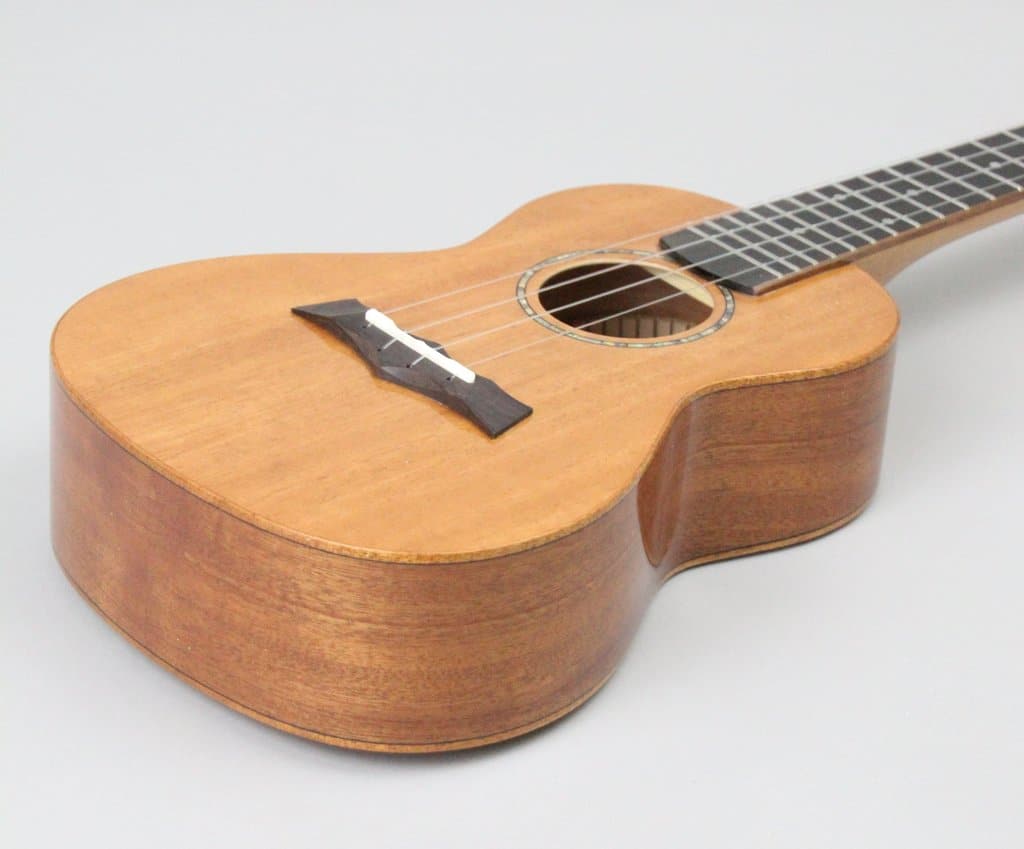 Once a ukulele has been constructed, the final piece is the finish. This determines how shiny the instrument is. A glossy finish is produced from a varnish and will leave the concert ukulele looking very shiny. The price might be reflected with this finish as it takes extra time to produce the various coats of varnish needed. If you are purchasing a ukulele with a glossy finish, pay attention to the craftsmanship. Cheaper work will apply the varnish in thick layers, which could lead to drips.
Once a ukulele has been constructed, the final piece is the finish. This determines how shiny the instrument is. A glossy finish is produced from a varnish and will leave the concert ukulele looking very shiny. The price might be reflected with this finish as it takes extra time to produce the various coats of varnish needed. If you are purchasing a ukulele with a glossy finish, pay attention to the craftsmanship. Cheaper work will apply the varnish in thick layers, which could lead to drips.
You can also opt for a satin or matte finish, which may give the wood a more authentic appearance. A thin layer of varnish is often used a protective layer, but the wood is still more true to its natural look. Matte finishes are more popular for purists.
One of the final finish options is paint. More of a novelty feature, ukuleles can come in a variety of colors. If you have a child interested in the instrument, or just want a funkier experience, a painted ukulele can add a bit of excitement to your music.
Accessories included
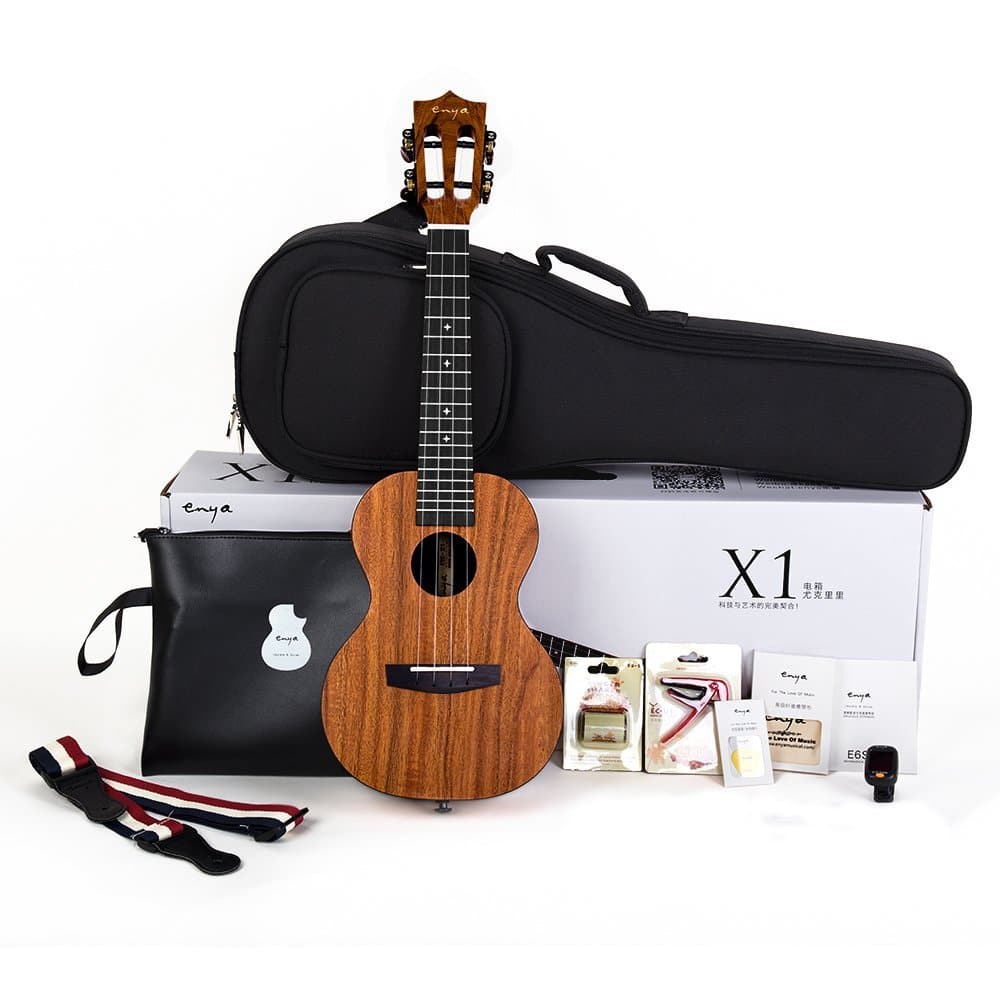
Your purchase of a concert ukulele may come with accessories. The most common is a case or gig bag. The Kmise KMU23C is a great starter purchase as it also includes a tuner, strap, strings, online lessons, and instructions. Likewise, the Donner DUC-1 includes not only a gig bag but also a ukulele strap, carbon nylon string and a digital clip-on tuner. While accessories are not needed to play, they can greatly enhance your playing experience.
Extra features
Any extra features that come with the purchase of your concert ukulele mean there is more bang for your buck. The beautifully crafted Makai LC-70B Concert Ukulele comes with chrome die-cast tuners. The Kmise KMU23C is a great option if you’re not sure about an online purchase as it comes with a 30-day money back guarantee.
How to maintain a concert ukulele
After investing in a concert ukulele, you’ll want to maintain it properly, so it lasts as long as possible. While there are plenty of commercial cleaners and devices you can purchase, the key for maintenance is consistency. After each use, be sure to wipe your concert ukulele down. Just use a soft cloth, made from microfiber, for instance. Do not use a brush or anything that could scratch the wood. Even if your concert ukulele doesn’t look dirty, the oils on your hands can quickly accumulate.
If your instrument comes with a carrying case, store your ukulele in this. The case will protect your uke from any dust interfering with the insides.
Finally, store your ukulele somewhere with an adequate level of humidity. Even in its case, the wood can still be subject to moisture in the air. High humidity will quickly warp the wood, which will drastically change the appearance and sound of your ukulele.





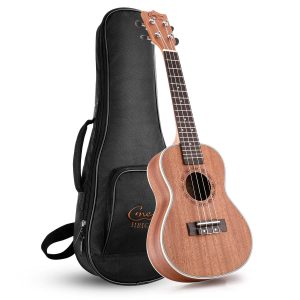
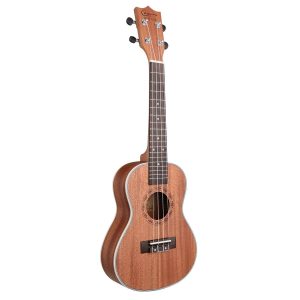
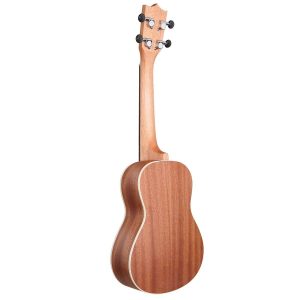
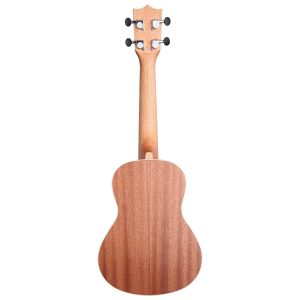
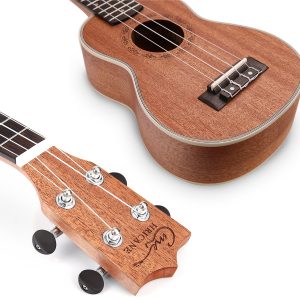
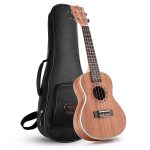
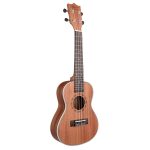
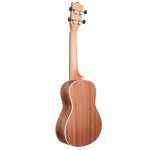
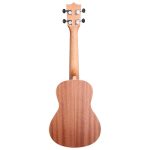
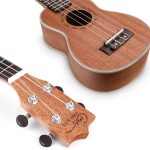

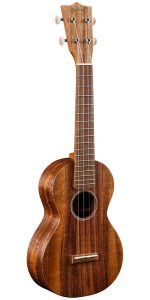
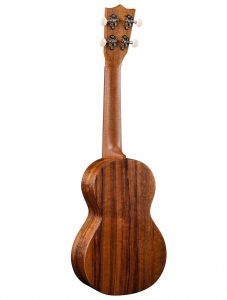
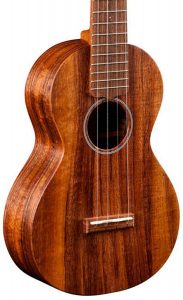
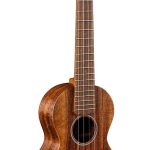
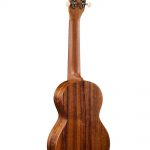
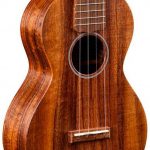
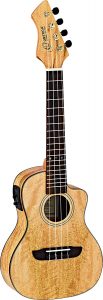
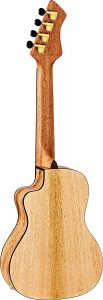


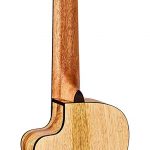
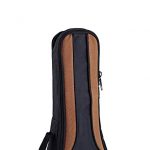
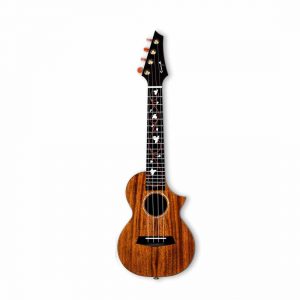
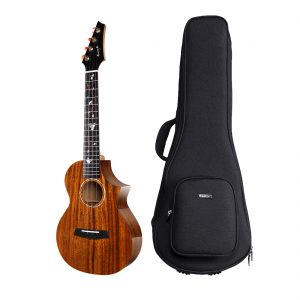
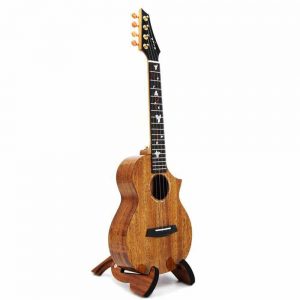
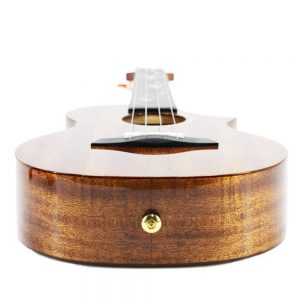
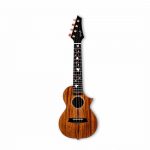
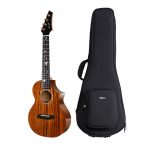
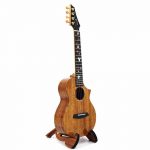
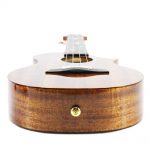
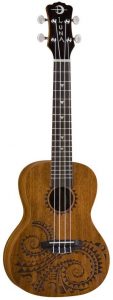
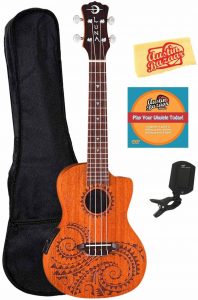
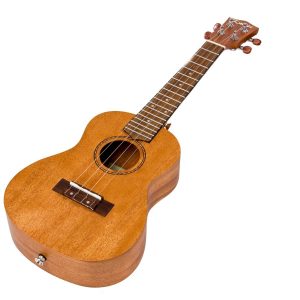
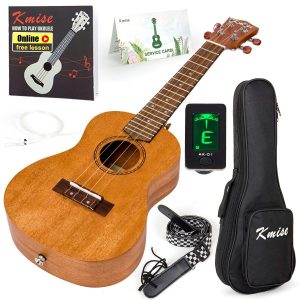
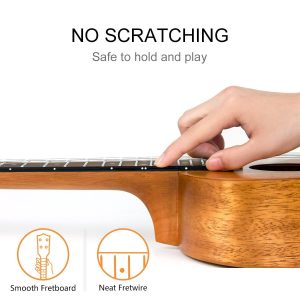
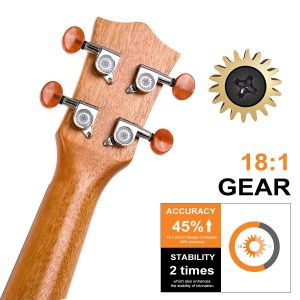
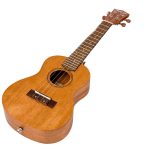
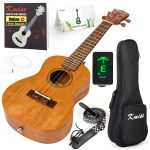
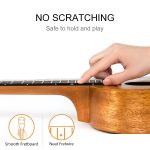
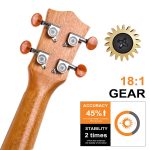

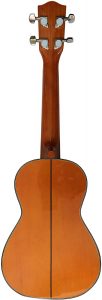

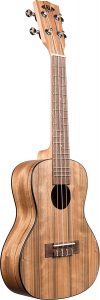
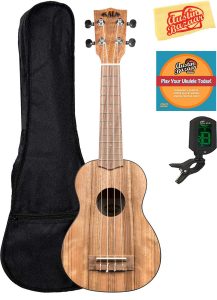
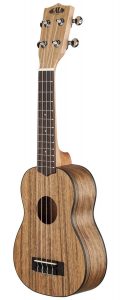
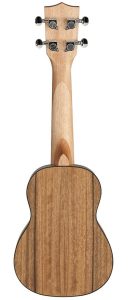
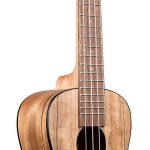
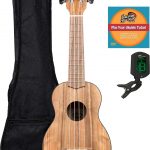
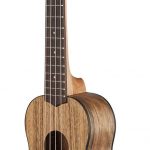
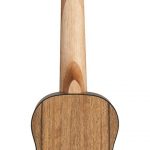
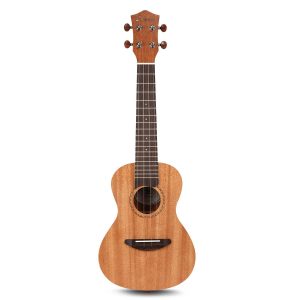
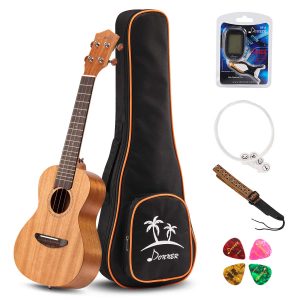
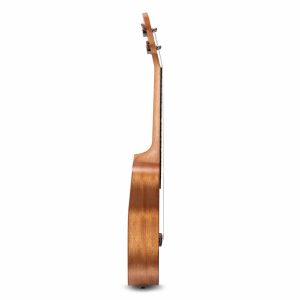
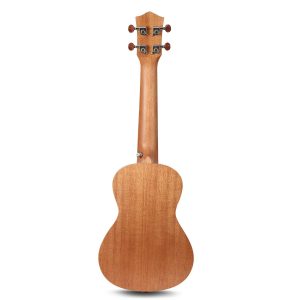
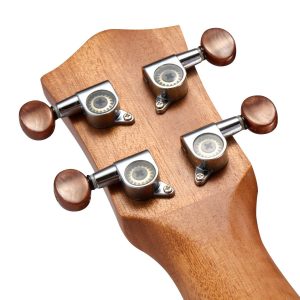
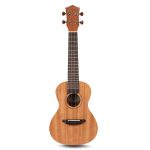
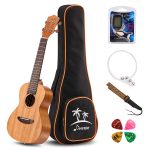

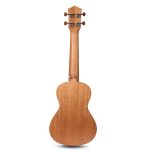
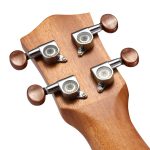
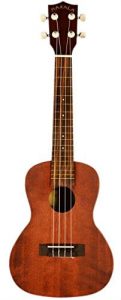
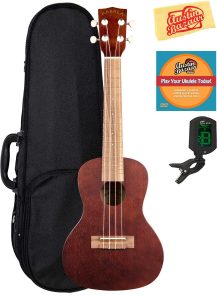
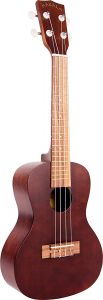
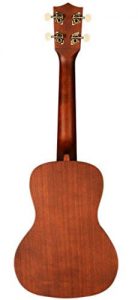
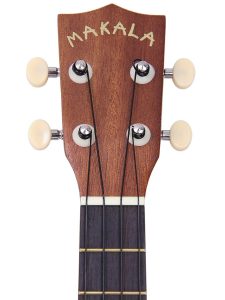
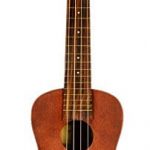
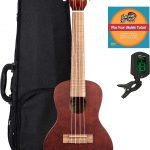
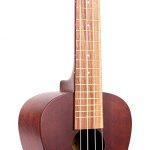
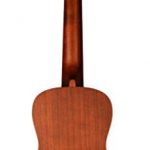
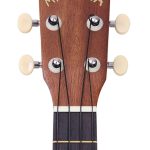
 Most concert ukuleles are made from wood, and the type of wood used can greatly affect the sound price of the instrument. Softer woods produce warmer, more mellow tones. Mahogany is a soft wood and can often sound even better with age. As such, it is very commonly used in the creation of concert ukuleles.
Most concert ukuleles are made from wood, and the type of wood used can greatly affect the sound price of the instrument. Softer woods produce warmer, more mellow tones. Mahogany is a soft wood and can often sound even better with age. As such, it is very commonly used in the creation of concert ukuleles. Once a ukulele has been constructed, the final piece is the finish. This determines how shiny the instrument is. A glossy finish is produced from a varnish and will leave the concert ukulele looking very shiny. The price might be reflected with this finish as it takes extra time to produce the various coats of varnish needed. If you are purchasing a ukulele with a glossy finish, pay attention to the craftsmanship. Cheaper work will apply the varnish in thick layers, which could lead to drips.
Once a ukulele has been constructed, the final piece is the finish. This determines how shiny the instrument is. A glossy finish is produced from a varnish and will leave the concert ukulele looking very shiny. The price might be reflected with this finish as it takes extra time to produce the various coats of varnish needed. If you are purchasing a ukulele with a glossy finish, pay attention to the craftsmanship. Cheaper work will apply the varnish in thick layers, which could lead to drips.






